Last summer, my neighbor stopped by and said she was concerned that monarch caterpillars were eating her garden. I was curious.
When I visited her house, I didn’t see any milkweed, which is the monarch caterpillar’s typical food. Instead, she had several pots of parsley and on them were greenish caterpillars with black stripes and bright-yellow dots. They did look somewhat like monarch caterpillars from a distance, but upon closer examination, I realized they were actually black swallowtail caterpillars, also known as parsley caterpillars. The black swallowtail (Papilio polyxenes) has a wingspan of 3–4 inches. The upper sides of its wings are dark blue to black with rows of yellow spots along the edges of its hindwings and forewings.
A male black swallowtail (above) has a row of large, light-colored spots across the middle of his wings. A female (left) has much smaller spots and wears a
larger patch of beautiful blue scales on each lower wing.
Butterflies smell with their antennae and “taste” with their feet. This is how they determine the right plant to lay eggs on.
When the shell turns clear, the hatch is near. It takes a few hours for the new caterpillar to emerge.
In Missouri, the black swallowtail has two generations a year.
The larval stage lasts about two weeks, as the caterpillar transitions through 4–5 phases, or instars.
Black swallowtails are one of many beautiful native butterflies found in Missouri. Although monarch butterflies and black swallowtail butterflies aren’t similar in appearance, their caterpillars have similar color patterns of green, yellow, and black, and could easily be mistaken for one another.
Once emerged, the caterpillar will eat the shell.
The first group of butterflies emerges between late April and early June after overwintering in the chrysalis. They mate, and then the females lay small white eggs on the underside and tops of leaves. The eggs hatch in three to five days. The caterpillar that emerges is black with a white band around its middle. As it grows, it develops reddish orange spikes on its body. Later, the white band disappears, and the caterpillar develops green-and-black bands with yellow spots.
A single female black swallowtail may lay up to 400 eggs during her short life span.
Scientists estimate only one out every 100 eggs laid will make it to a butterfly.
During each instar, the caterpillar sheds its skin and eats it for additional nutrients.
The transition from caterpillar to chrysalis takes about 24 hours.
When the caterpillar gets ready to pupate, it will scrunch along a stick or stem and then spin its silk. It attaches itself to the stem with a long silk thread around its body. The chrysalis may vary in color from bright green and yellow to dull brown and tan. It pupates for nine to 11 days unless it’s in the generation that overwinters.
The second group of butterflies emerges in late summer. The second-generation mates and lays eggs. If the chrysalis doesn’t form until late summer, it overwinters and comes out the following spring.
The black swallowtail caterpillar has a forked gland, called an osmeterium. It is bright orange and pops up when touched or disturbed, letting out an unpleasant smell.
Most adults live about two weeks, though some may survive up to 35–40 days.
Before it can fly, the newly emerged adult hangs upside down for about one hour. Its body pumps fluid through the vein structure of the wings to inflate them, then the wings dry and harden.
The adult black swallowtail butterfly looks a lot like its poisonous cousin, the pipevine swallowtail. This resemblance protects the non-poisonous black swallowtail from predators.
Parsley is a favorite food for growing black swallowtail caterpillars.
A butterfly eye has thousands of individual lenses, where a human eye has only one lens.
Black swallowtails feed on a variety of plants, including carrots, parsley, dill, fennel, Queen Anne’s lace (also called wild carrot), milkweed, phlox, and rue. They are also attracted to native flowers.
Although black swallowtail caterpillars feed on a number of cultivated plants, they are not a reported nuisance in the commercial horticulture industry. If control is required in home gardens, handpicking is recommended.
We are fortunate to have a variety of butterflies during the summer months in Missouri, and you can attract them to your yard by planting more natives. For the past several years, my family has been slowly converting our yard into a native plant haven that includes a variety of flowers, including milkweed, to attract pollinators. Many species of butterflies, including black swallowtails, have become regular visitors to our yard. After my first encounter with black swallowtail caterpillars in my neighbor’s yard, I’ve taught some of my neighbors the importance of adopting good habitats that not only benefit native pollinators but also other wildlife.
It is fun and exciting to watch these beautiful flying jewels in your yard. Native plants, such as swamp milkweed, cardinal flower, and coreopsis can help turn any yard into butterfly-friendly habitat.
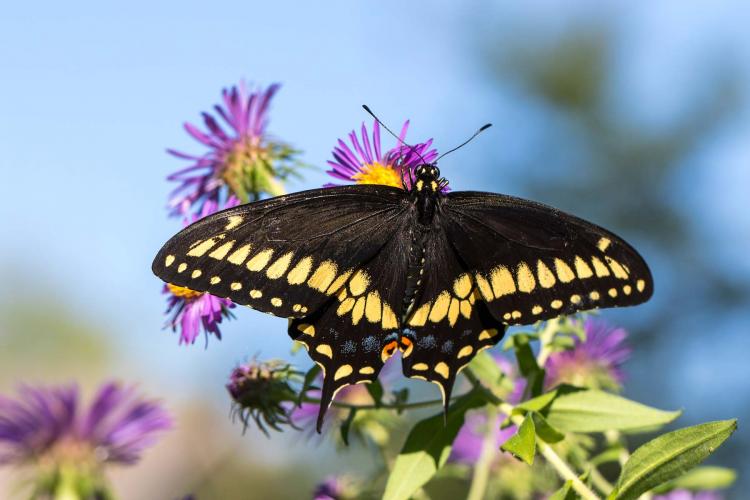

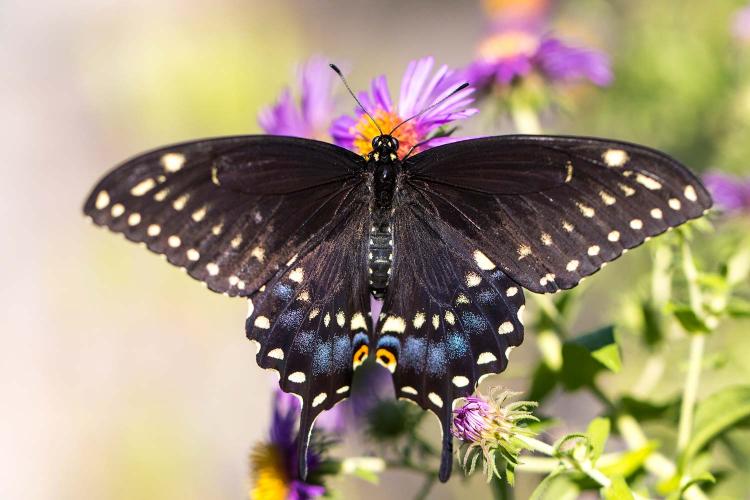
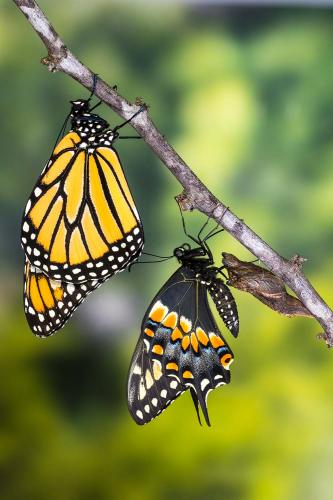
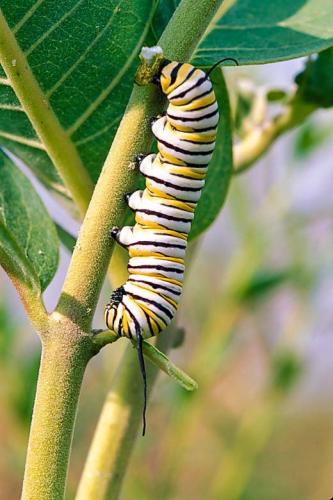
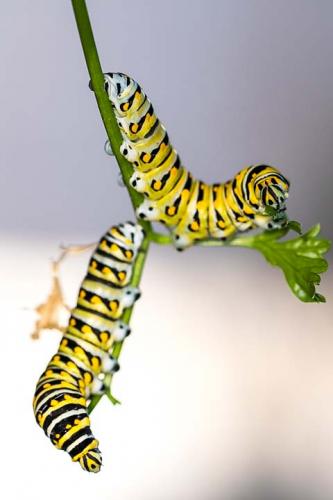
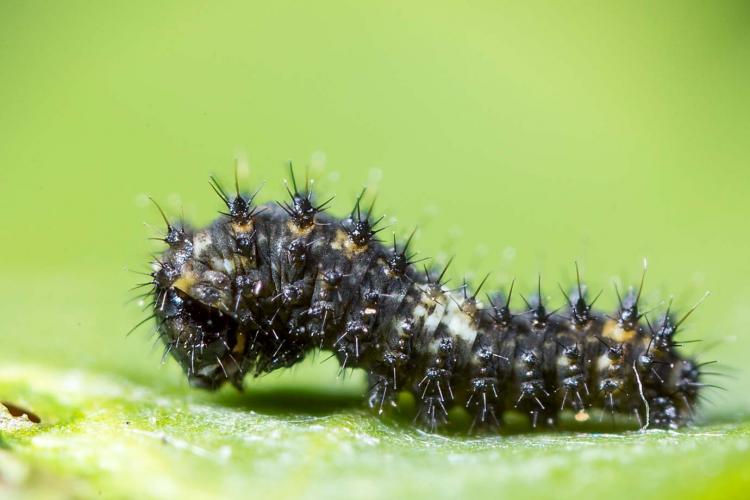
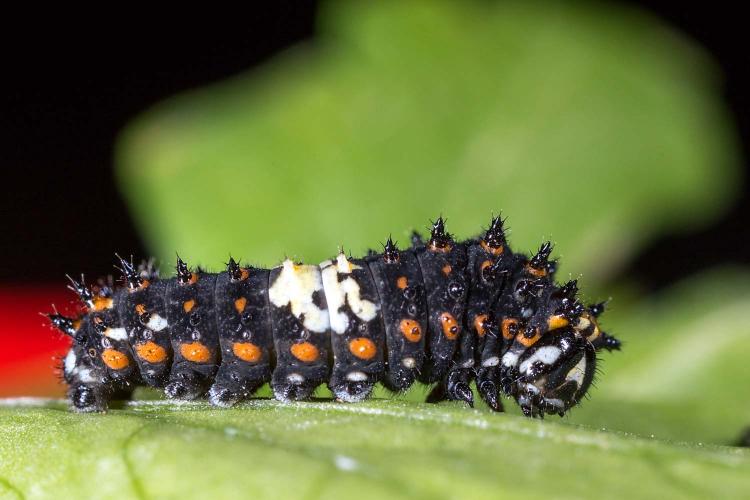
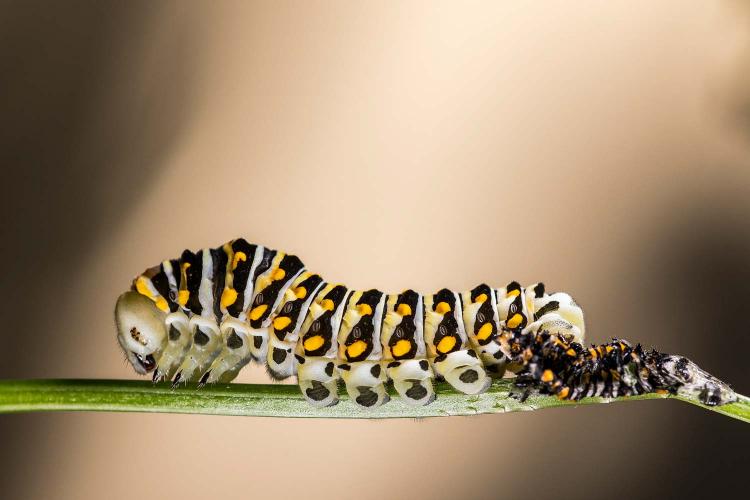
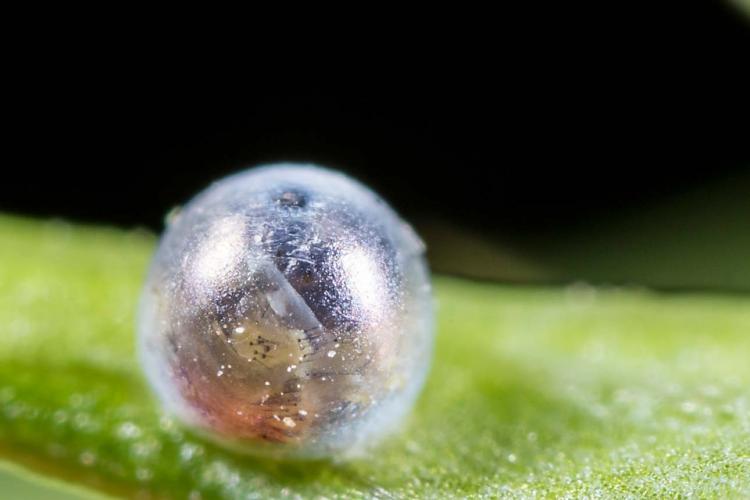

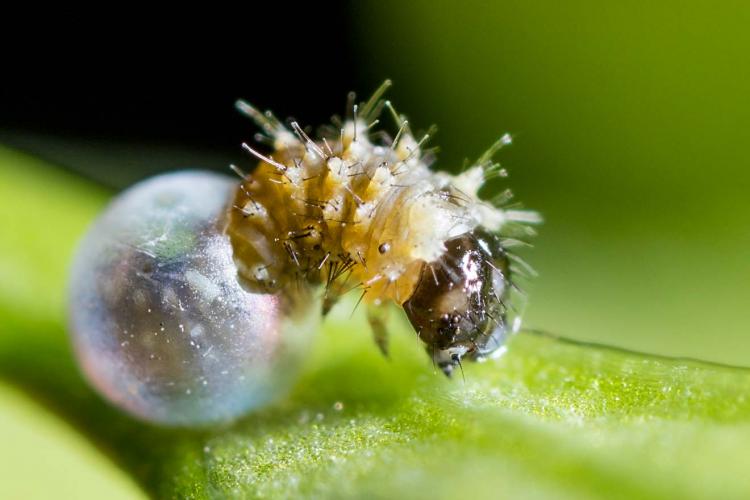
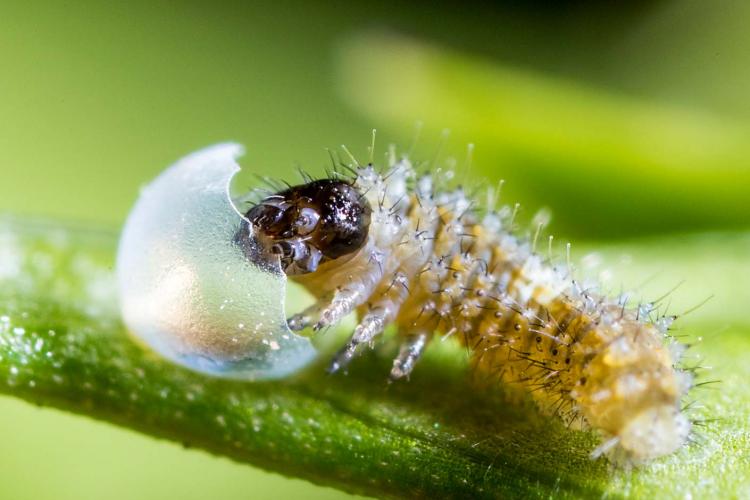
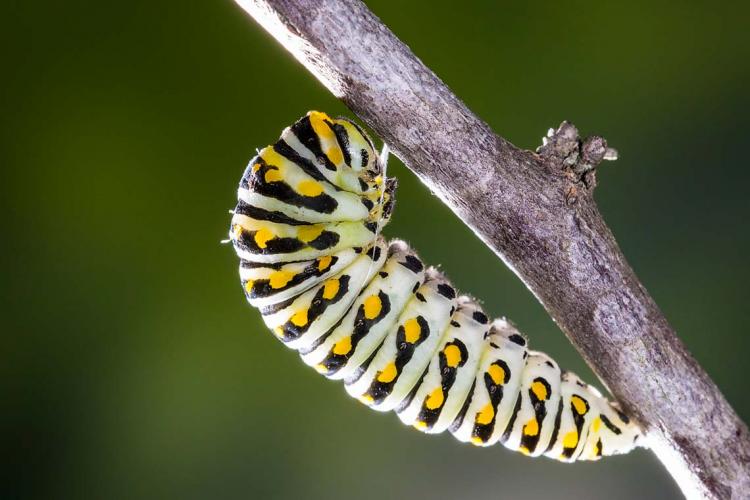
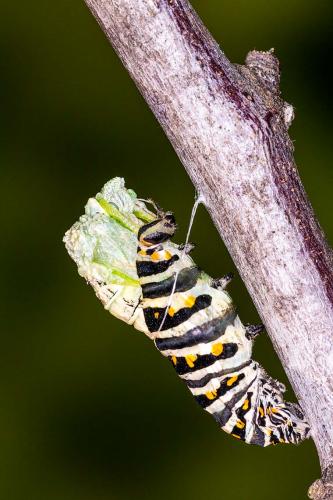
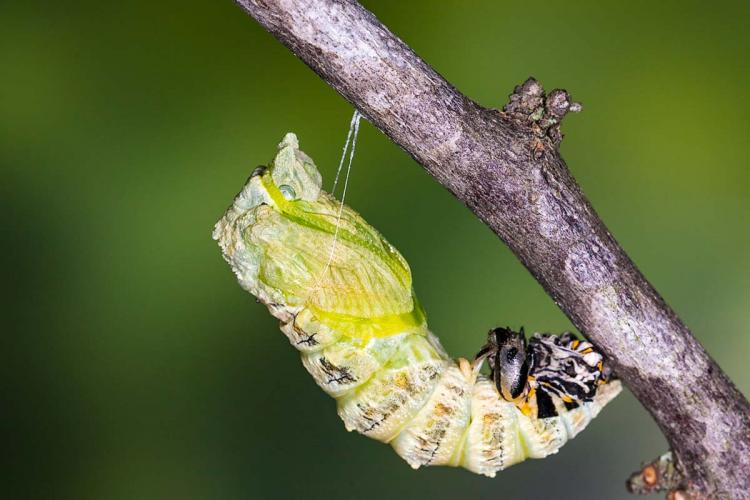
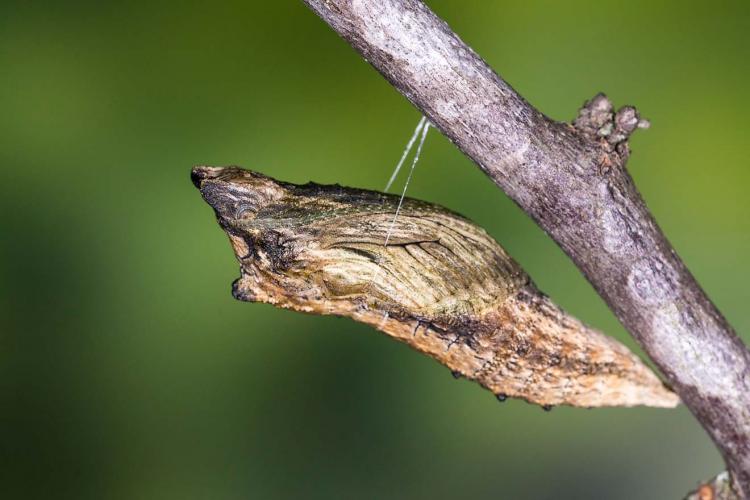
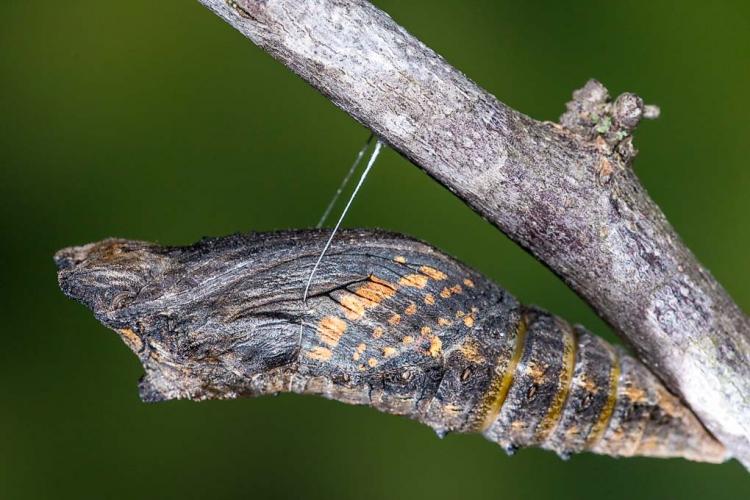
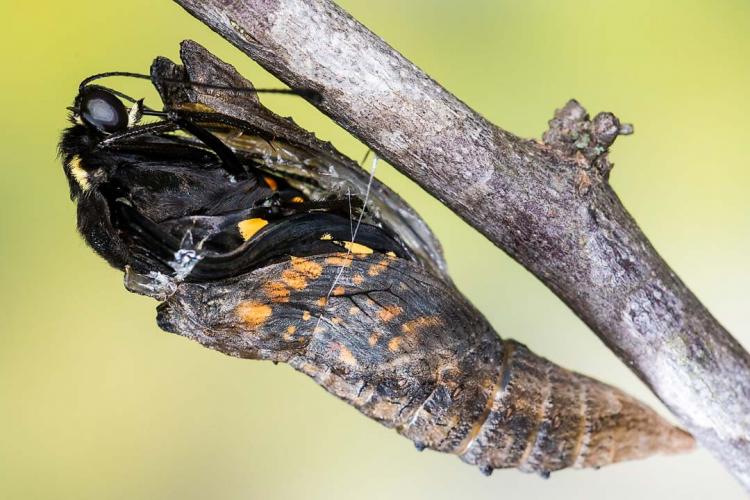
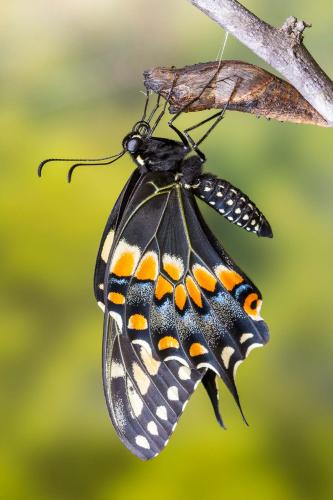
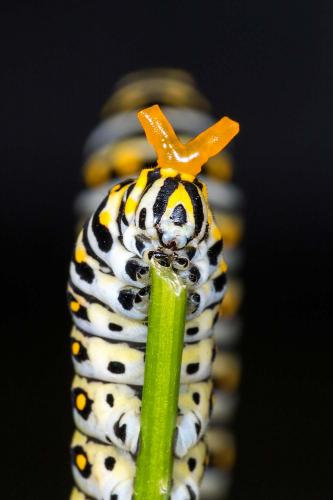
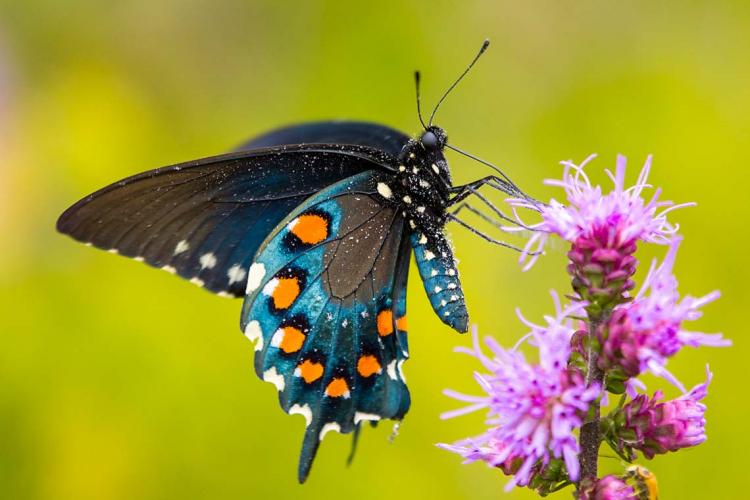
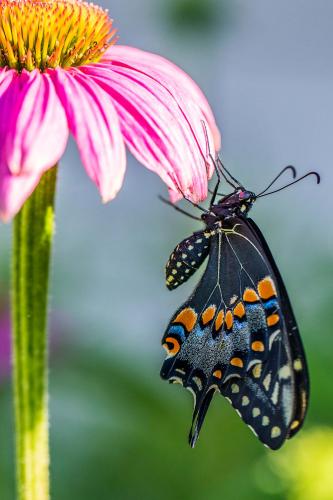
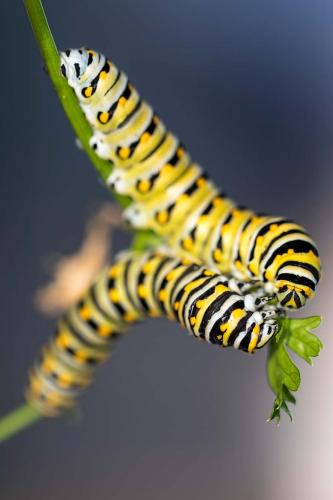

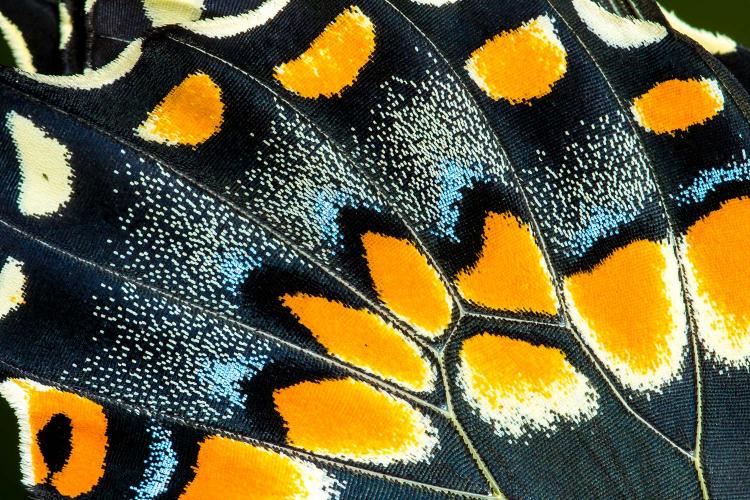


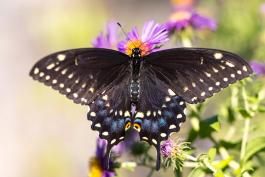
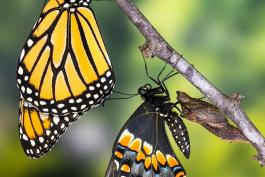
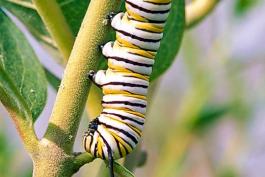
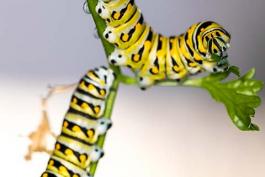
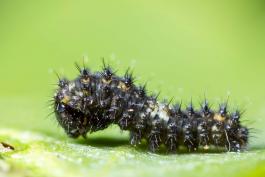
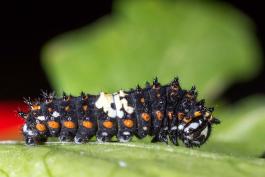
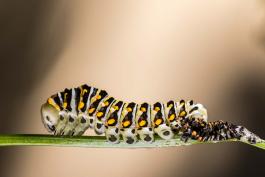
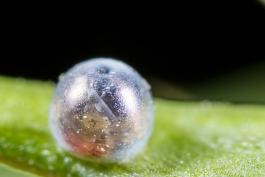
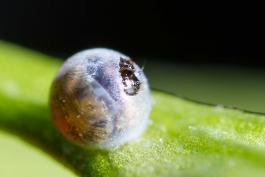
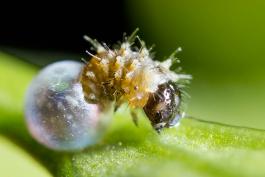
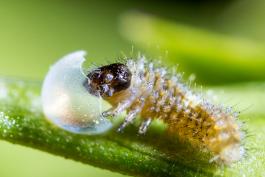
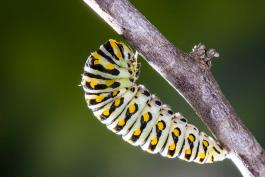
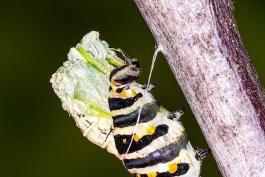
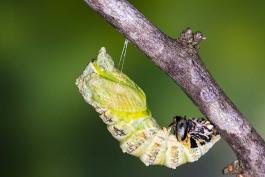
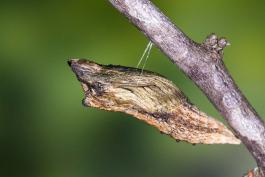
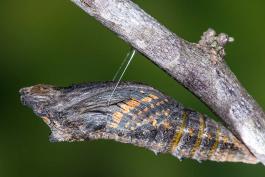
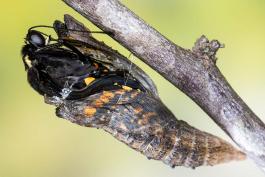
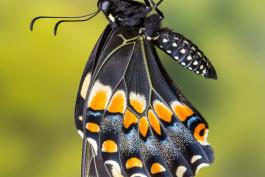
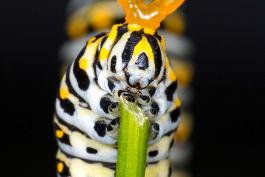
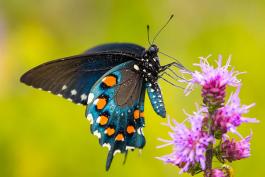
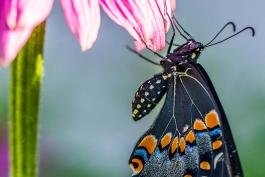
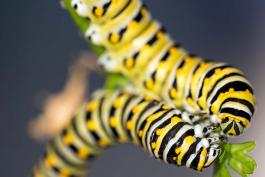

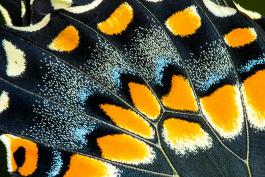
Also In This Issue


And More...
This Issue's Staff
Associate Editor - Bonnie Chasteen
Staff Writer - Larry Archer
Staff Writer - Heather Feeler
Staff Writer - Kristie Hilgedick
Staff Writer - Joe Jerek
Creative Director - Stephanie Thurber
Art Director - Cliff White
Designer - Les Fortenberry
Designer - Marci Porter
Photographer - Noppadol Paothong
Photographer - David Stonner
Circulation - Laura Scheuler






















